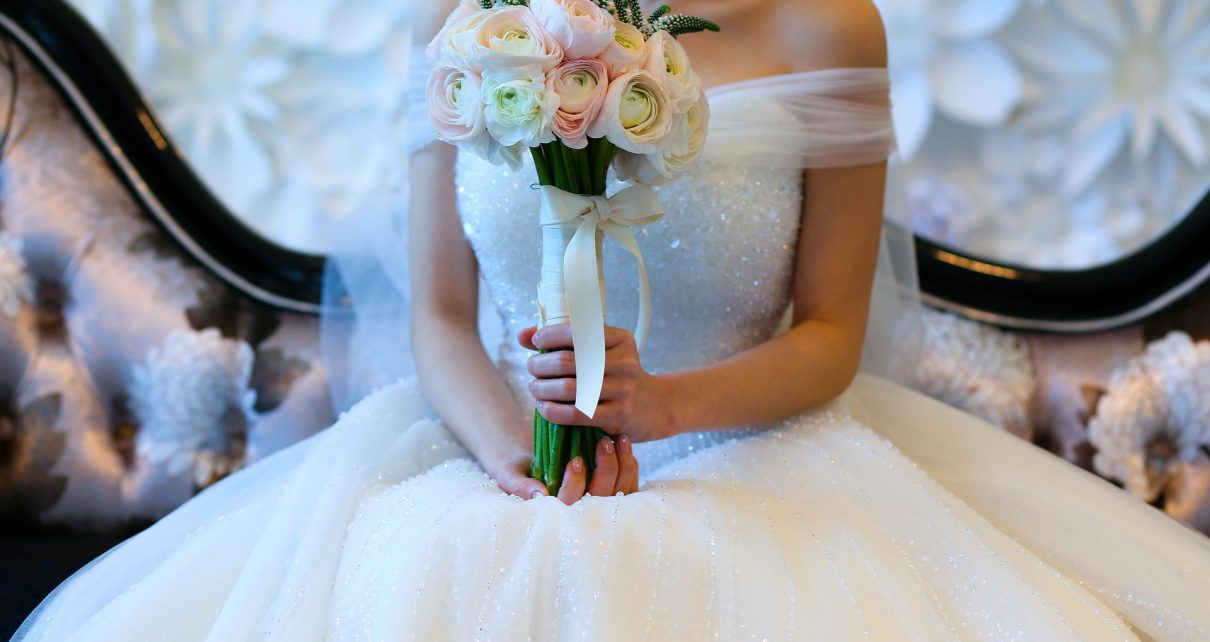

The history of wedding dresses stretches back centuries with the dresses themselves having changed numerous times throughout the years. The colour, shape, and style of the wedding dress can vary between countries and cultures just as it has varied throughout time within those countries and cultures. The most common colour for brides to wear in western wedding ceremonies is white, which often stands in constrast to what Indian brides may wear.
Weddings in history have often been used as political tools rather than a union of two people who love each other, this has been particularly prevalent amongst nobility and upper social classes. As weddings could often represent the union of two families, it was expected that the bride would dress in a manner that would cast their family in the best possible light. A bride that came from a wealthier family would likely wear the most expensive fabrics that they could, even more expensive than their typical everyday wear, and in contrast to modern times, the dresses would often be colourful and highly decorated, often with expensive jems and jewellery.
The first documented case of a bride wearing a white  wedding dress for their royal wedding was the wedding of Philippa of England who, in 1406, wore a tunic that was paired with a cloak of white silk when she married Eric of Pomerania. This was followed by Mary, Queen of Scots, who wore a whire wedding dress when she married her first husband, the Dauphin of France, in 1559, even though white was the colour of mourning for French Queens.
wedding dress for their royal wedding was the wedding of Philippa of England who, in 1406, wore a tunic that was paired with a cloak of white silk when she married Eric of Pomerania. This was followed by Mary, Queen of Scots, who wore a whire wedding dress when she married her first husband, the Dauphin of France, in 1559, even though white was the colour of mourning for French Queens.
In the early 1900s the colour white had become the de facto colour for all wedding dresses in the United Kingdom, although the dresses were created in a distinctive style from today’s dresses. Lace was very common on wedding dresses during the early 1900s and has gone in and out of fashion ever since. According to stores that sell wedding dresses, lace and puffed sleeves are now completely out of fashion, with approximately 75% of wedding dresses sold in the UK being strapless or sleeveless. Part of the reason for this is that less skill is required to make the dress, along with less material being required. This has had the benefit of making wedding dresses cheaper, although they do still often represent a large expense. It has been common for wedding dresses to be handed down from mother to daughter, although this trend has become less common in recent years.
